There’s no point in sugarcoating it: tracking weight alone sets women up for failure. Decades of diet advertising and unrealistic beauty standards have indoctrinated the idea that weighing less will make you feel better. Healthier, prettier, more feminine, even happier. But—surprise, surprise—looking exclusively at weight or BMI (body mass index) as a measure of body composition only gives a partial picture of where you’re at.
So, what health metrics matter most? Research indicates that lean body mass and body fat percentage are more holistic assessments of our health. Unlike weight and BMI, these body composition metrics are a better measure of success and more reliable, realistic indicators of progress. As most health and fitness experts say: building a healthy body composition is much more important than just losing weight.
What is body composition?
Your body composition is the percentage of muscle, bone, and fat in your body. Unlike the number on the scale or your BMI, individual body composition can be used to assess whether you’re at a healthy level for your unique body type. A healthy body composition means that you have more muscle mass compared to body fat, which lowers your risk of chronic disease. (By the way, BMI is now considered to be an ‘imperfect and misleading measure’ by experts because it doesn’t directly assess body fat.)
You can gauge your body composition through two metrics, which you can set up in Apple Health and automatically sync with (or manually log on) the app. The first—lean body mass—measures the difference of your total body weight minus your body fat. This accounts for the weight of muscles, organs, bones, and everything else. A healthy range for lean body mass is 70-90%.
Body fat percentage, the second metric, assesses how much of your weight comes exclusively from fat. While having high levels of body fat raises your risk of chronic health conditions, having too little can also cause health issues, particularly around hormone metabolism. Typically, 21-32% is a healthy range for women aged 20-39, while 23-33% is a good target for those 40-59—but it’s highly individualized.
To connect the dots, these metrics should add up to 100%. So, if your body fat percentage is 25%, your lean body mass is 75%. Not only do both of these measures enable more precision, but you can also track them in context with other obé health insights like heart rate, cardio fitness, daily steps, and more.
How do you measure body composition?
There are several ways to predict or determine your body composition. Ranging in price, availability, and accuracy—these methods include options like DEXA scans (which use X-rays to measure bone density, fat mass, and lean body mass), hydrostatic weighing, 3D body scanning, and more.
As some of the advanced techniques can be difficult to find, expensive, or inconvenient, we recommend starting with a smart scale. Unlike the average scale, most smart scales use bioelectrical impedance analysis (BIA) to provide an estimate of body composition. How it works: low-level electrical currents travel through the body, giving the scale information on encountered resistance to approximate metrics like muscle mass, bone density, and body fat percentage.
While not as sophisticated as a DEXA scan, a smart scale can still provide more data points than the basics. We recommend the Withings scale—and to use it at the same time each day—for best accuracy.
And by the way, if you know that using a scale of any kind isn’t best for your mental health, you can also track changes in your body composition the old-fashioned way: with a piece of clothing or a measuring tape. Use a pair of pants that fits a certain way now—and compare how it will fit later. Or track your waist circumference or waist-to-hip ratio measurement, which are much better ways to measure body fat allocation than the average scale (more on non-scale-based methods to measure progress here!).
Why is body composition a better measure of health than weight alone?
When we look at just our weight, we’re only getting one data point—a data point that can be unreliable or fluctuate for reasons that have nothing to do with our overall health. Consider a situation where two people are the same weight and height, but one of them has a higher ratio of body fat to muscle mass. That makes them susceptible to different health issues, requiring a personalized approach.
The number on the scale simply doesn’t distinguish between muscle and fat. You may be working out on the regular, looking leaner, and feeling better in your body—all while your weight remains static or even trends upwards (read why here). Our trigger reaction is to think something’s not working. In reality, you may just be building or maintaining muscle, which is crucial to support your metabolism, overall health, and physical function—a win!
And that’s not the only variable at play. Maybe you’re finally drinking more water consistently, a sure investment in your long-term health which can add a few ‘water weight’ pounds. Digestive processes, nutritional choices (like prioritizing fiber), exercise-induced inflammation, medications, and water retention are all factors that can cause temporary fluctuations without signifying you’re losing out on progress.
Using this metric as a holy grail is often stressful, frustrating, and demoralizing. On the other hand, seeing a reduction in body fat percentage and improvements in lean body mass is more reflective of your true fitness gains and can be more motivating.
Why body composition metrics are more reliable
1) You’ll get a window into your metabolic health
BMI alone won’t provide a good prediction of your metabolic health. You could have a higher BMI but be metabolically healthy, or have a normal BMI but have metabolic issues. According to research, body composition—specifically your lean body mass—is a better predictor of metabolic health than just BMI. Why? Muscle and internal organs are more metabolically active than fat, expending more calories even while you’re at rest. The more lean muscle mass you have, the more active your metabolism, and the easier it will be to manage weight.
2) You’ll get better insights into your health risks
Research confirms that measures of body fat percentage give a more accurate indicator of your health risks than using body weight or BMI alone. Some of the flaws of BMI: it doesn’t account for muscle mass, age, fat distribution, bone density, or racial and gender differences. One could, for example, have a normal weight or BMI, but still be at risk for obesity-related complications like heart disease, diabetes, or high blood pressure because of a high body fat percentage. On the lean body mass front, falling in the healthy range makes you less likely to get sick or develop chronic disease.
3) You’ll get a better sense of your progress
Unlike your weight or BMI, your body fat percentage to lean body mass ratio is a strong indicator of how fit or physically active you are, enabling you to track your fitness progress. If you exercise regularly and have a strength-training routine, you’ll likely have a lower body fat percentage and higher lean body mass than someone who isn’t tending to their fitness at all. Again, it’s more important to be fit than thin, particularly when it comes to your health.
How do I improve my body composition?
Changing the physical composition of your body will take time—so be patient—but it will be the best investment in your long-term health. Unlike crash diets or extreme fitness routines (think: daily boot camps), committing to the tips below will set you up for long-term, sustainable changes that don’t rely on heavy restrictions or put your body under undue stress.
1) Move consistently
Sticking to a movement routine is one of the best ways to improve your body composition. Studies show that 30 minutes of daily aerobic exercise (think Zone 2 cardio options—like brisk walking, jogging or easy running, hiking, swimming, dancing, or cycling) correlate with sustained weight loss. Pro tip: use the obé cardio filter in the class library to see all your options.
2) DON’t SKIP Strength training
PSA: nothing can transform your body composition as significantly as strength training, which helps you maintain or build muscle mass. Even though most of us have been taught that cardio = weight loss, sticking to 2-3 weekly strength sessions will make a much bigger difference, and new research backs this up. Remember, more lean muscle mass = lower body fat percentage = a more active metabolism. Modalities like Sculpt, Barre, Pilates, Yoga, and Yoga Sculpt all use your body weight or light weights for resistance to build strength.
3) Try a progressive training program
If you’re ready to double down, follow a strength-training program that incorporates the principle of progressive overload. Our fan-favorite program BodyComp (complete with four 4-week volumes) does just that by incorporating hypertrophy through expertly designed progressions to build your lean muscle mass. Transformation, the new progressive training program with 10 phases, also puts you on a track to sustainable weight loss and body composition change.
4) Focus on your nutrition
It’s not just about movement. Prioritizing high-quality protein in your diet helps protect or increase lean muscle mass to improve your body composition. This is particularly important if you’re focused on losing weight because the average person loses about a quarter of muscle mass when they lose weight. A low-protein diet can skew that number to be even higher, according to research.
5) Work with a personal trainer
Because your body and the way you form habits is unique, nothing beats turning to obé Personal Training. This membership add-on pairs you with an expert coach to customize your workout program for the results you want, while holding you accountable, motivating you to show up, and supporting other aspects of your lifestyle (like sleep and nutrition). It’s the ultimate holistic approach to improving your body composition!





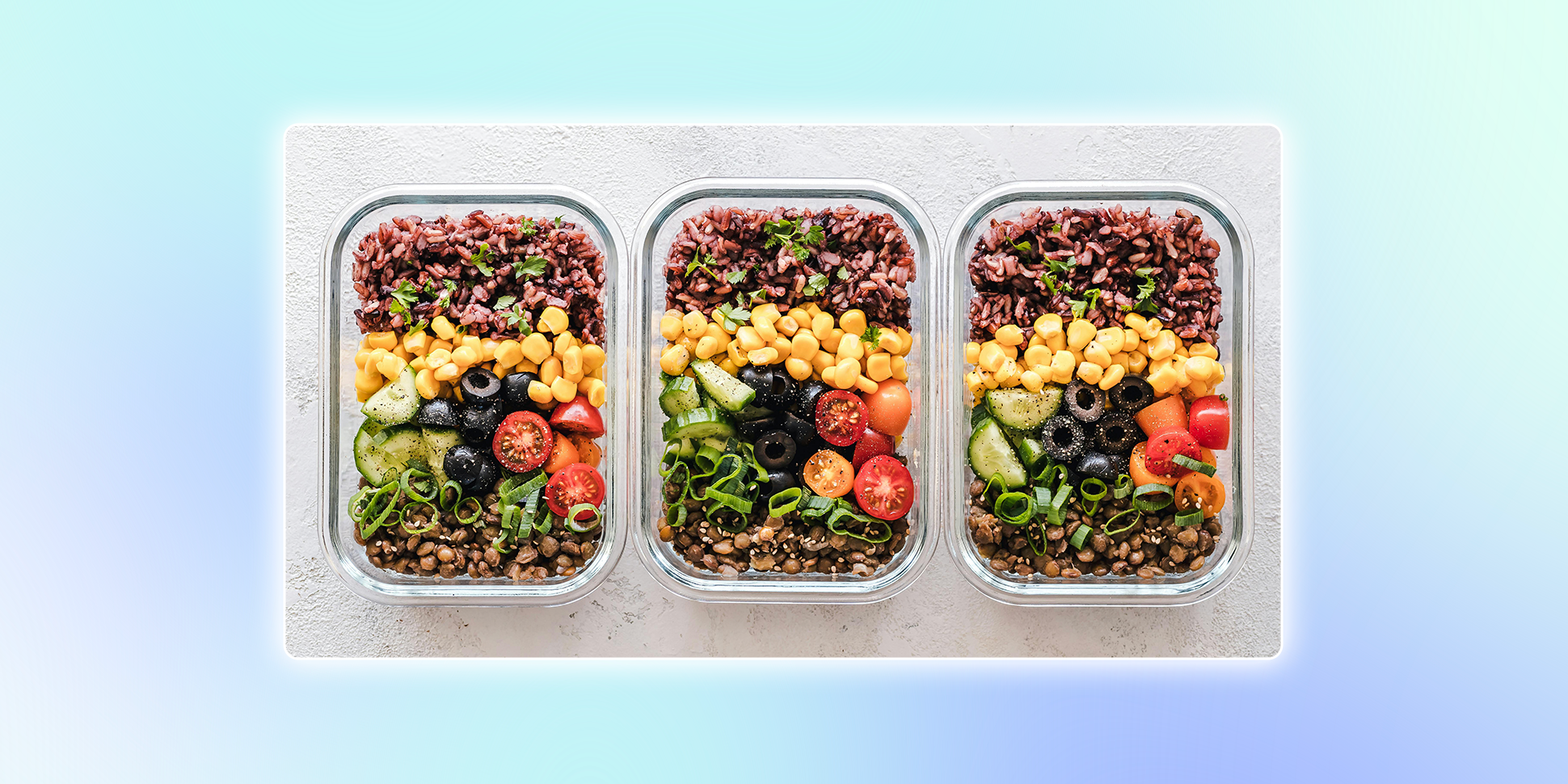
























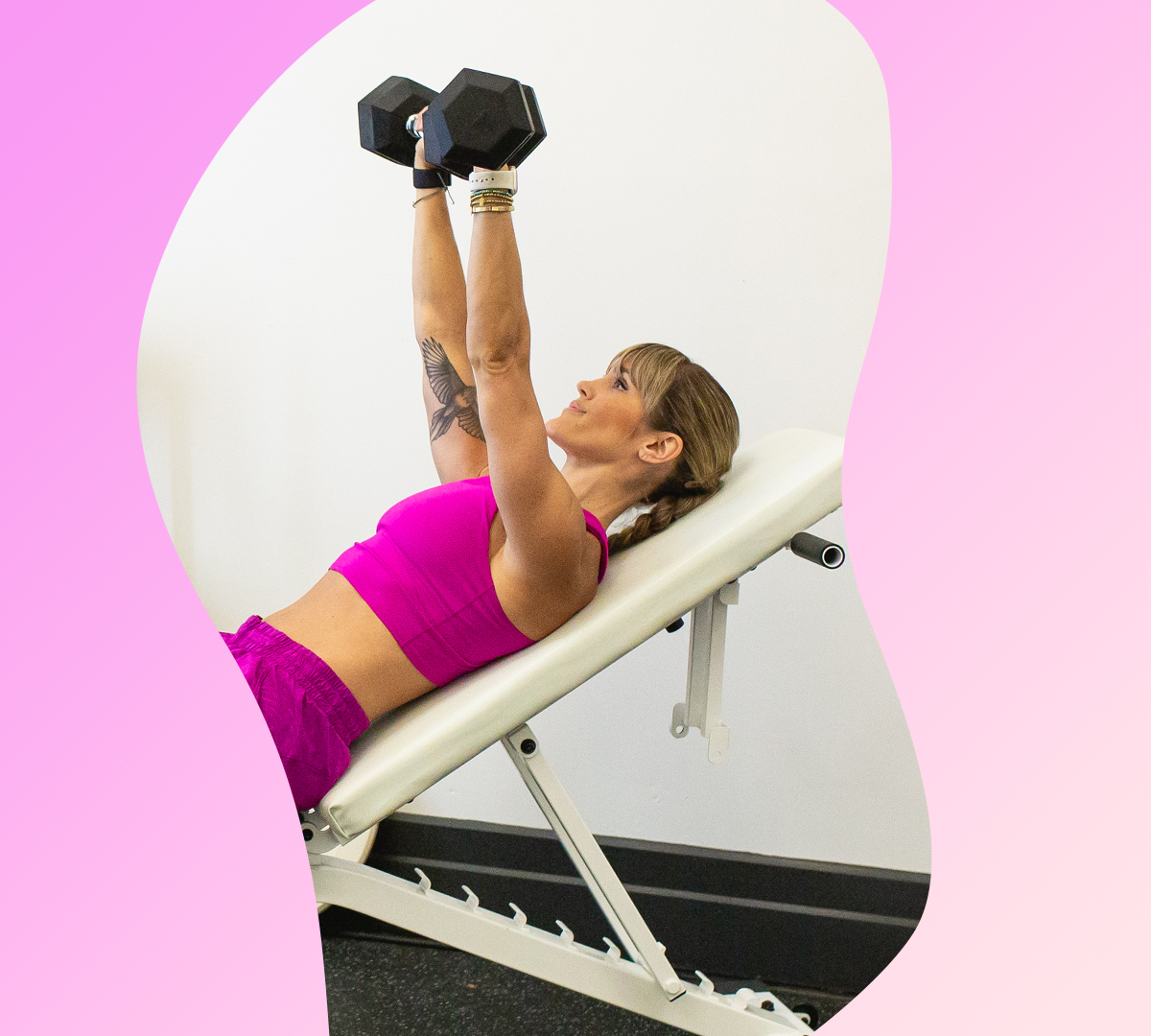





































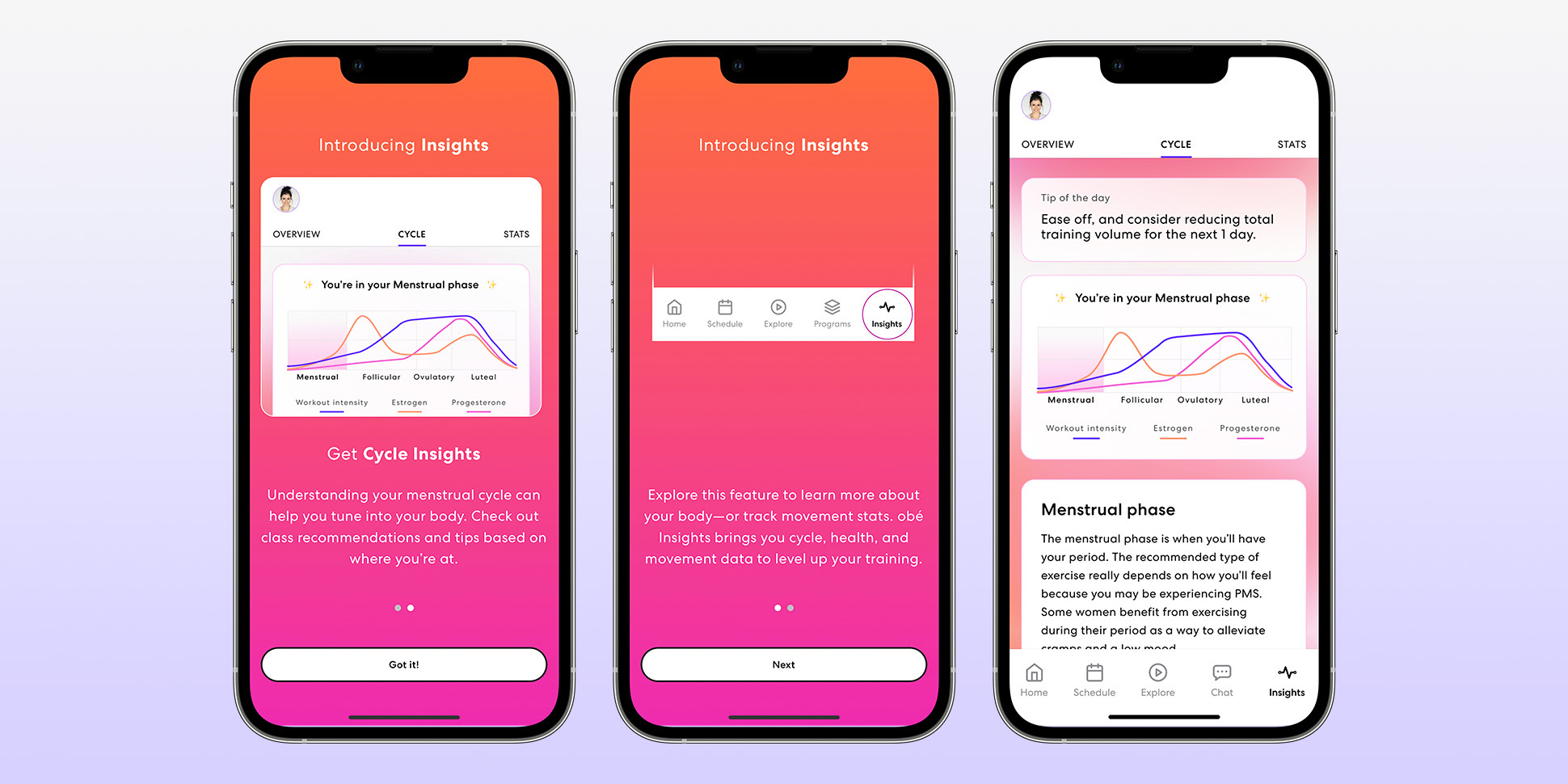

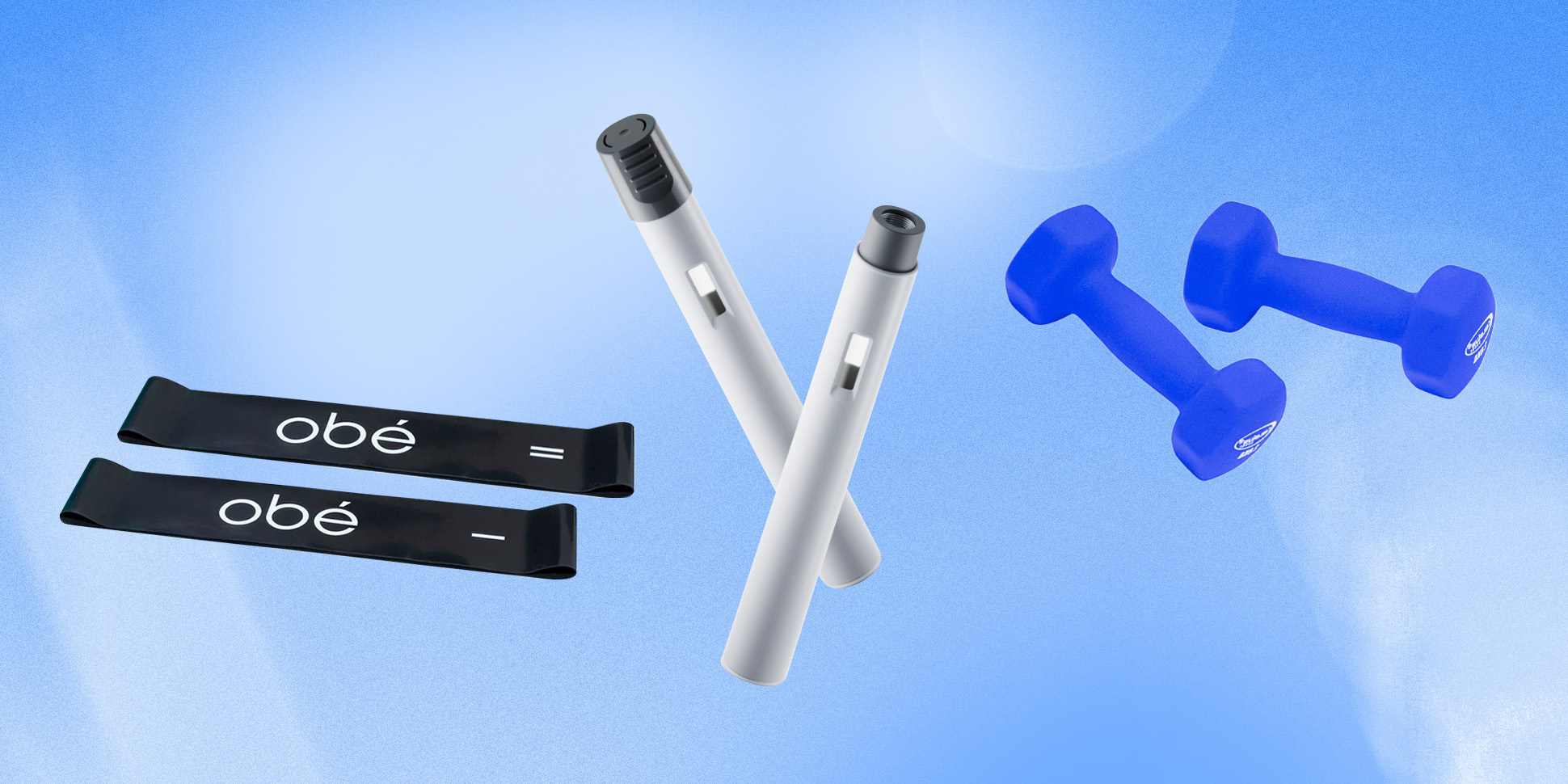



























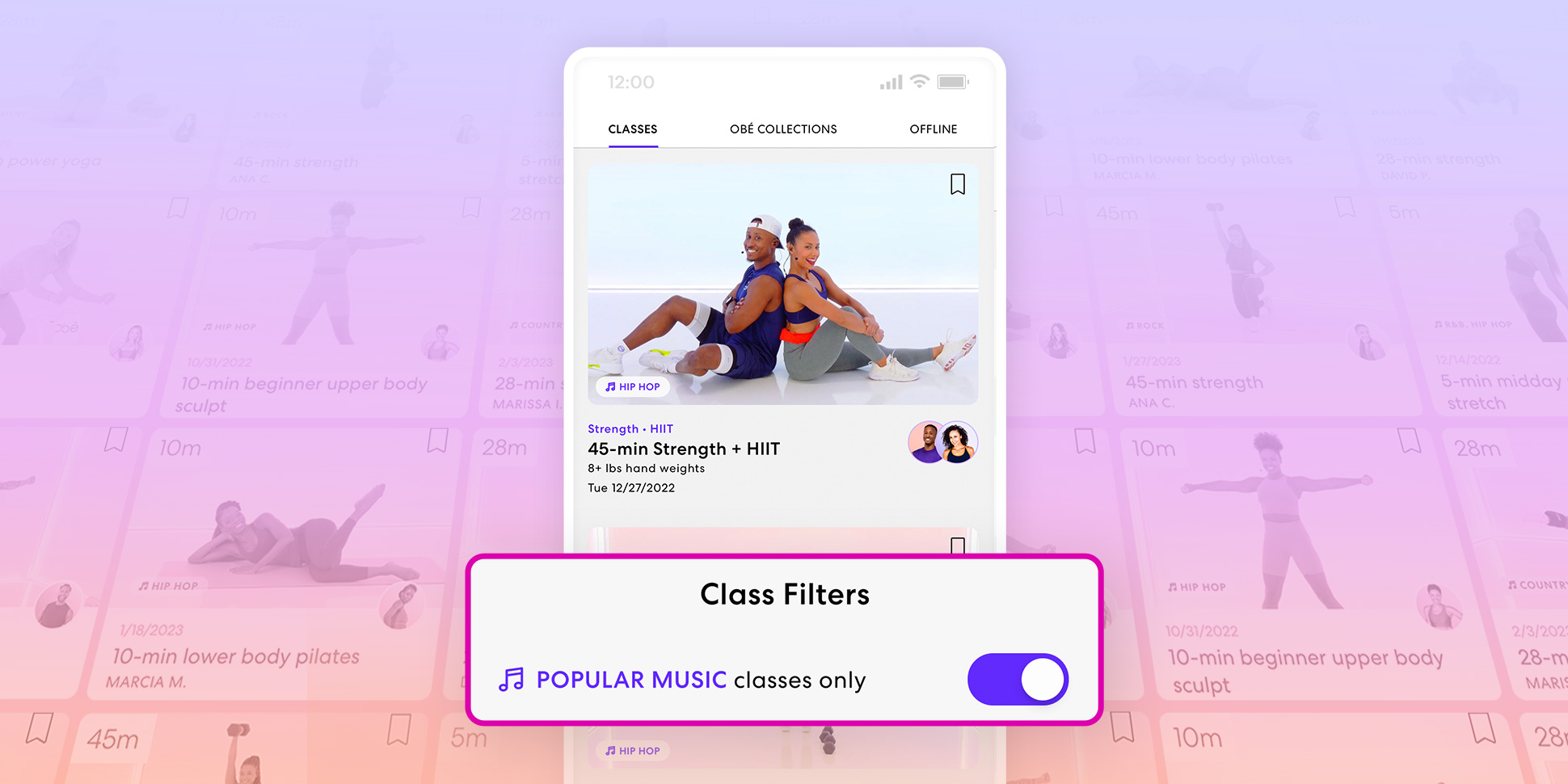








































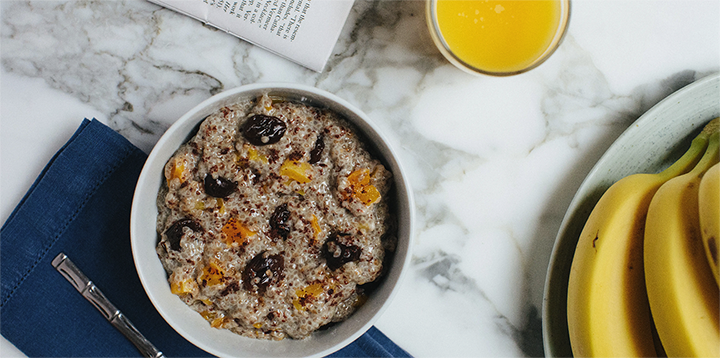











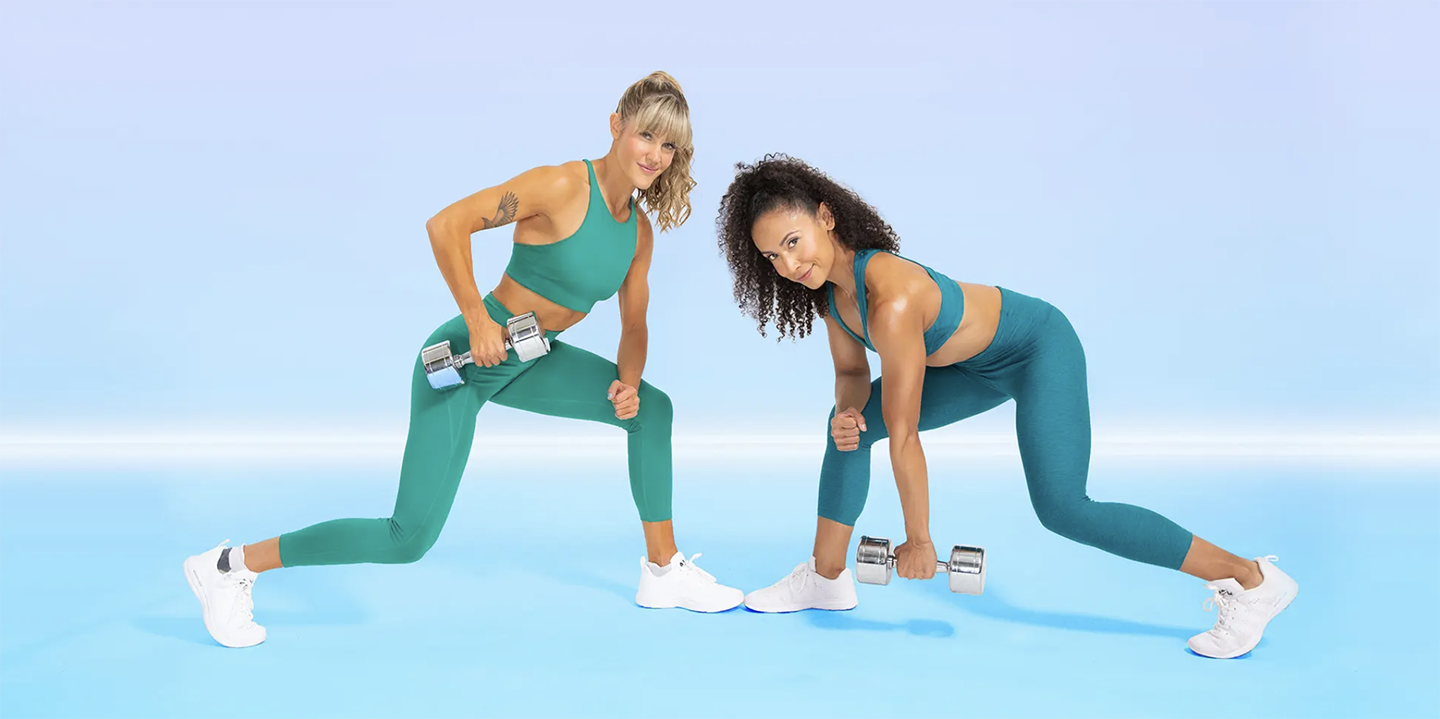





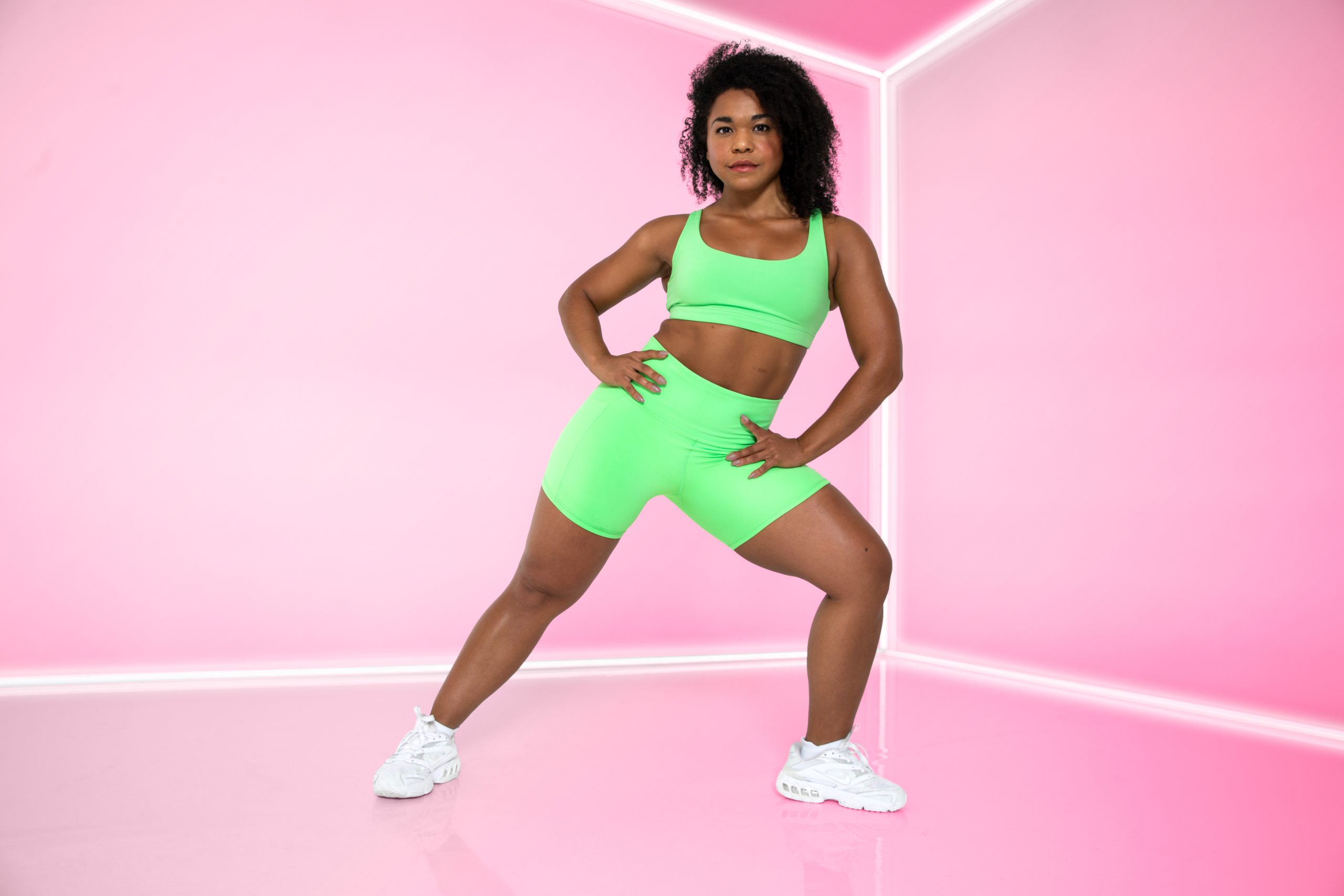
























Leave a Reply